Why some tachometers indicate engine rpm in the format of X100, X1000 and some in?
Why hire tachometers have different marking engine speed
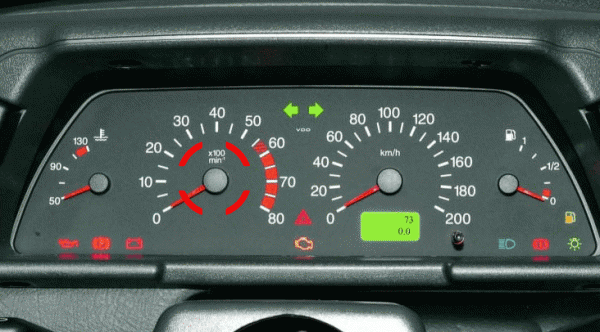
Most cars for many years are equipped with tachometers, which indicate the number of revolutions of the engine per minute. Tachometer required, that drivers do not exceed maximum engine speed in each gear. But did you know that not all tachometers are the same? No, we’re not where begins the red zone of rpm of the engine. In some machines you can see the different marking engine speed. For example, in many older machines on the tachometer you can see the scale of values of the engine speed 10, 20, 30, 40, etc. In more modern cars the engine speed indicated by the numeric values 1, 2, 3, 4, etc. But why there are two different types of instruments for measuring engine speed?
First, let’s look closely at two rpm, with different designations: one of them is the number of revolutions of the engine indicates the numbers 1, 2, 3, 4, etc., while the other has the values 10, 20, 30, 40, etc.

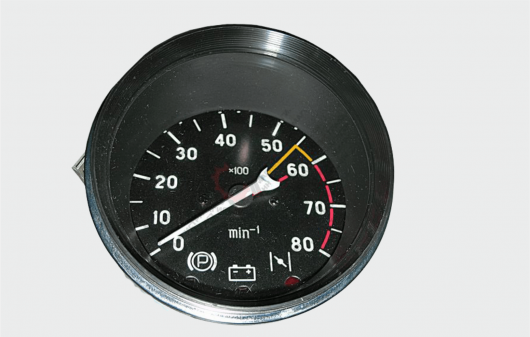
First, these values do not say the exact number of revolutions of the engine. Depending on the type of the applied scale of values the number of revolutions indicated by the arrow of a tachometer, must be multiplied by a number which usually also is indicated on the tachometer. Please note in the photo above. Tachometer with numbers 1, 2, 3, 4, etc. is designated X1000, which means that the indicated value must be multiplied by 1000. So you get the actual number of revolutions of the engine per minute. When referring to the number of revolutions of the engine 10, 20, 30, 40, etc. need to multiply by 100 (as the label says X100 on the Rev counter).
For example, here is a tachometer for aircraft engine:
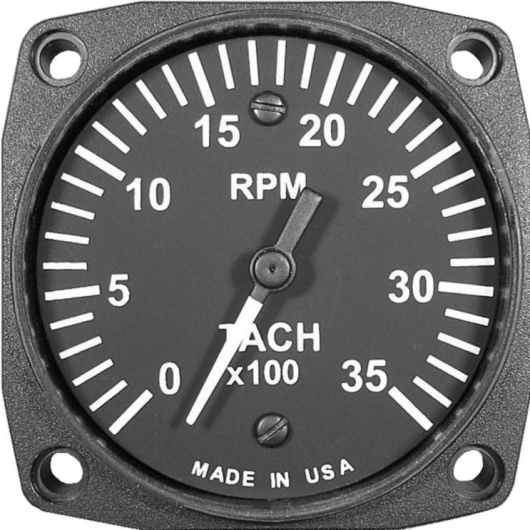
This aircraft tachometer covers range of operation of the motor from 0 to 3500 rpm. the Scale of the instrument is marked with the 0, 5, 10, 15, 20, 25, 30, 35. Also note the inscription X100, which says that the number of engine speed on the tachometer should be multiplied by 100.
But the tachometer for a car… here we see that the value on the tachometer should be multiplied by 1000. Marking the scale on the tachometer is in the format 0, 1, 2, 3, 4, 5, 6, 7, 8, 9, 10 (in other words, each number is 1000 revolutions of the engine per minute).
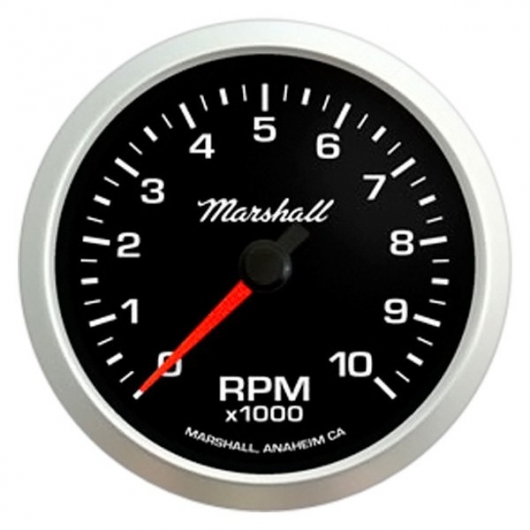
Figure it out. But why do car manufacturers use tachometers with different scale engine speed?
Here the question is more complex. In most cases today, the car tachometers have the same designation (X1000). And only sometimes, some manufacturers are installing on their cars tachometers with other designation (X100). Most often, thus the car company wants to distinguish your car from other. In some cases, this can be a kind of design course.
Also, the tachometers, which are designated in the X100 format, used on older machines, but sometimes used on modern cars, which have installed high-speed motors. For example, if the machine has a maximum engine speed 4500-5000 rpm, it makes no sense to use the tachymeter with the values 0, 1, 2, 3, 4, 5, 6, 7, 8, 9, 10 (format X1000), since half of the values of the device will not be used.
For those who are interested, here are some photos from the tachometers that were used in old domestic cars:
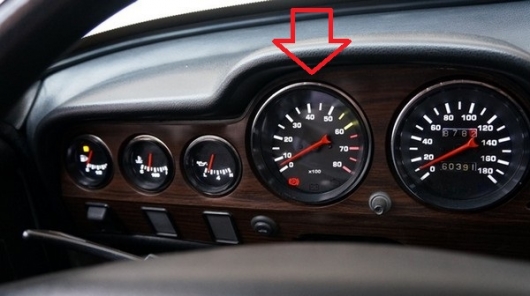
Instrument panel with tachometer VAZ-2106
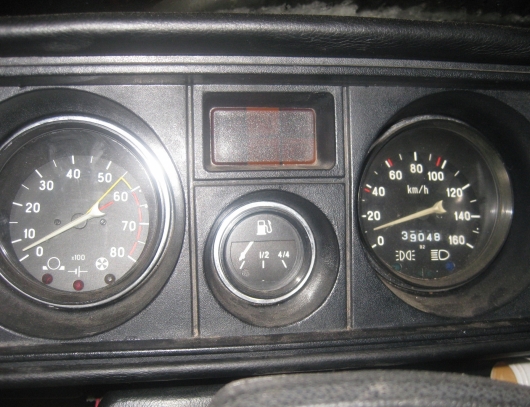
Instrument panel with tachometer VAZ-2107

The dashboard VAZ-2114
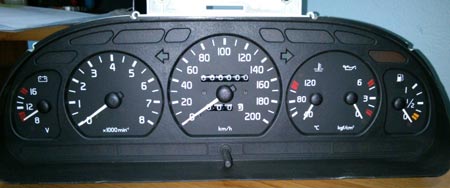
The instrument panel GAZ-3110
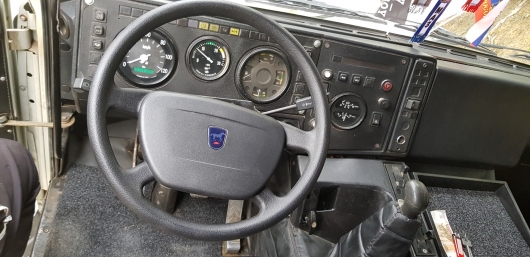
Dashboard MAZ-551
